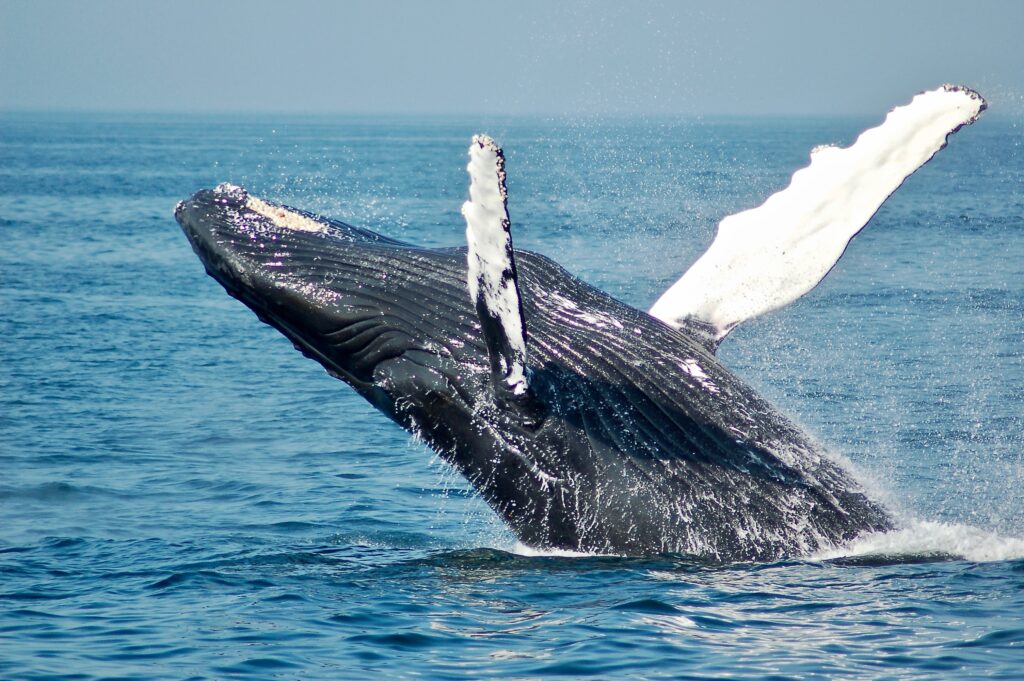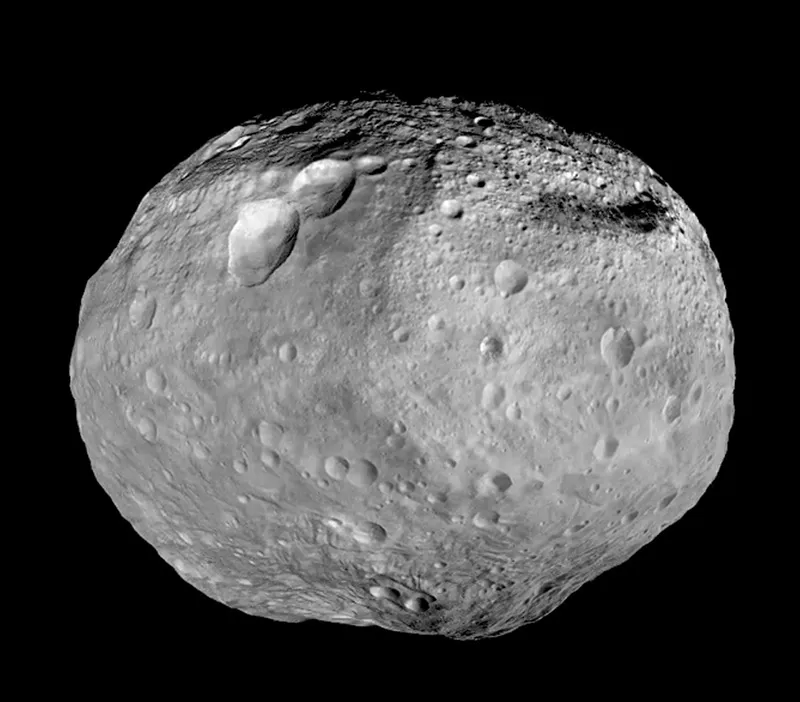
I was inspired to start this new series of blog posts by the question, What is life?
So this is the first of a non-fiction science series featuring the subject of Life.
For definitions of this topic, see here.
If you Google “What is life?” you will get a very long list of references to this question.
For good reason, it is a huge and evolving subject.
Amongst the many references you may find is to a very interesting book by Addy Pross.
This book by Addy Pross is entitled: “What is Life? How Chemistry Becomes Biology”, published by Oxford University Press, in its 2nd Edition, 2016, and is part of the Oxford Landmark Science series of publications.
In his book, Pross takes the reader on a journey towards an understanding of ‘What is Life’. He discusses recent research on the topic. His book chapters cover: ‘Living Things’, a ‘Theory of Life’, the meaning of ‘understanding’, stability and instability, the ‘origin of Life’ problem, Biology’s ‘Crisis of Identity’, biology is chemistry, and “What is Life?’. He then updates his book for its 2nd edition with an Epilogue: “The Logic of Life’.
A Successful Biosphere Planet
In this, my new series of posts, I will be discussing not only some of the ‘What is Life?” issues presented by Pross, but also other matters, covered by other authors, relating to the natural creation of a biosphere. My aim is eventually, over the series, to gain an understanding of what constitutes a successful biosphere.
Exoplanets
Pross’s discussion of ‘What is Life?’ is necessarily based upon biological information derived from the study of life on planet Earth, in our biosphere.
For my ‘What is Life?’ series of posts, my interest is in how the work of Pross and others contributes to an understanding of what constitutes a minimum biosphere specification, and how that might inform the design for a successful terraforming project of an exoplanet that does not already have life.
Thus my blog posts will reference published data and commentaries of relevant planetary sciences in an attempt to reach an understanding of what would be required to successfully terraform an exoplanet to produce a safe and stable biosphere suitable for human and other life of Earth origin.
Charity begins at home
With good reason you may ask how we could hope to build and maintain a successful biosphere on a barren exoplanet planet when we are struggling to avoid destroying the Earth’s natural biosphere which took nature billions of years to evolve.
If nothing else, this modest research of the literature might emphasize the magnitude of the terraform problem and, more importantly, highlight the urgency of first solving the problems that our industrial technology and our unsustainable modern development have caused, and are still causing, on Earth.
Please refer to my previous posts on the importance of sustainability.
The Non-living Substance of the Universe

There remain many questions to be answered concerning the nature of the physical world, that is, of the non-living part of the Universe. For example, there is still much to be uncovered and learnt in quantum mechanics and in astrophysics. Scientists are still searching for a unified theory of modern nuclear physics, and a complete understanding of gravity and the behaviour of space-time.
Arguably an even bigger mystery is the true scientific nature of life, including the biological chemistry (biochemistry) of the Universe, and how the living entities within the Universe are able to come into being from the non-living entities of the physical world.
The Living Substance of the Universe

Since the beginning of recorded history, philosophers have considered the differences between non-living objects and living things. They have also attempted to explain how life comes into being from amongst the non-living material of the world.
Modern Science
However it is only in the modern era that modern science has enabled us to begin to understand the real differences between the physical and biological aspects of our world. But even modern science has yet to explain how life comes into being from the component non-living constituent material. We now understand that DNA within living cells codes the growth of living things but we don’t know scientifically why and how life came into being in the first instance. But today’s research biologists are working on this question and progress is currently being made towards a better understanding of life.
Entropy
Entropy is a measure of disorder. That is, a measure of the degree of dissipation and spread of the energy within a system or its environment. This increase in disorder usually means a decrease in system complexity and an averaging out of temperature as the heat spreads evenly throughout the environment.
So entropy tends to increase as energy differences reduce, as energy naturally spreads out evenly within a system or volume of non-living material. But living systems act bio-chemically to capture, transform, transfer, and concentrate energy. This action drives a decrease in entropy within the living system as the living structure increases in complexity.
This is the opposite of non-living natural systems that tend to increase their entropy and decrease their complexity over time. However overall, a living system AND its non-living environment always experience a net increase in entropy. This is due to the conservation of energy. The living system consumes energy that is inevitably lost into its environment as waste heat and/or random motion of matter.
So living things can live within a non-living environment. But the living things must acquire and expend energy locally to do work to reduce their entropy (increase complexity/decrease disorder). In this way living things, with low entropy, can successfully exist and grow and reproduce. However, this is only possible within a non-living environment when the ecosystem of living things exists within a stable biosphere.
Why does Life Exist?
Part of the question of “What is life?” is the question: “Why does life exist?” in the first place.
Subjective religious and philosophical explanations for ‘why does life exist?’ have been proposed by human societies since humans first began to try to understand and explain their world. But these subjective explanations were not based upon complete information, and were not objective, relying instead upon assumptions and often presuming the existence of supernatural forces.
Modern scientific empirically based research into the biological details of life is generating and accumulating data on the nature of life. The analysis of this data may eventually produce an answer to the two questions, ‘What is Life?’ and ‘Why does Life exist?’.